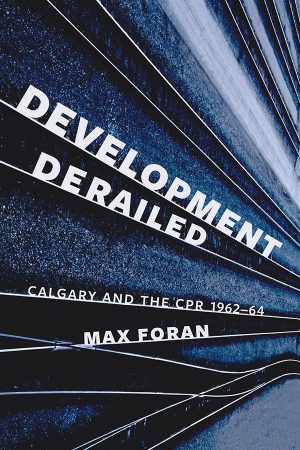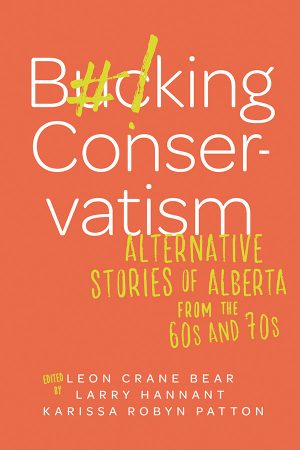Subjects: Canadian History, Canadian Studies, History, Political History, Western History
Series: Working Canadians: Books from the CCLH
Imprint: AU Press
- 9781927356050 (paperback)
- 9781927356067 (pdf)
- 9781927356074 (epub)
In the early part of the Dirty Thirties, the Canadian prairie city was a relatively safe haven. Having faced recession before the Great War and then again in the early 1920s, municipalities already had relief apparatuses in place to deal with poverty and unemployment. Until 1933, responsibilty for the care of the urban poor remained with local governments, but when the farms failed that year, and the Depression deepened, western Canadian cities suffered tremendously. Recognizing the severity of the crisis, the national government intervened. Evolving federal programs and policies took over responsibility for the delivery of relief to the single unemployed, while the government simultaneously withdrew financing for all public works projects.
Setting municipal relief administrations of the 1930s within a wider literature on welfare and urban poor relief, Strikwerda highlights the legacy on which relief policymakers relied in determining policy directions, as well as the experiences of the individuals and families who depended on relief for their survival. Focusing on three prairie cities—Edmonton, Saskatoon, and Winnipeg—Strikwerda argues that municipal officials used their power to set policy to address what they perceived to be the most serious threats to the social order stemming from the economic crisis. By analyzing the differing ways in which local relief programs treated married and single men, he also explores important gendered dynamics at work in the response of city administrators to the social and economic upheaval of the Depression. Probing the mindset of local elites struggling in extraordinary circumstances, The Wages of Relief describes the enduring impact of the policy changes made in the 1930s in the direction of a broad, national approach to unemployment—an approach that ushered in Canada’s modern welfare system.
In the highly readable Wages of Relief, historian Eric Strikwerda expertly explains in clear, engaging prose what local responsibility for relief actually meant in Winnipeg, Saskatoon and Edmonton during the Great Depression. He advances our understanding of the 1930s by examining the 'on the ground' experience of those without work and investigating how local governments, citizens, and the unemployed responded to the challenge of a short-term emergency that became a national crisis.
Bill Waiser, University of Saskatchewan
Reviews
In this accessible, clearly written, and convincingly argued book, Eric Strikwerda offers a carefully researched and nuanced take on the history of the Great Depression. […] Choosing to place prairie cities at the centre of this history of urban unemployment offers a refreshing take on the history of the Depression in the West, which is overwhelmingly remembered as a story of drought-ridden farms rather than industrializing and expanding cities and economies tightly linked to agricultural production. […] Strikwerda’s careful and sensitive differentiation between unmarried and married men adds a layer of complexity to the larger category of masculinity and contributes to the historical and theoretical literature on the regulation, politicization, and control of male bodies in an urban, capitalist, and industrial society.
Canadian Historical Review
Strikwerda unwinds his fascinating tale about the federal government’s slow encroachment on municipal relief machinery. […] It is a well-constructed argument. [The Wages of Relief] would be well-suited to a course on the Depression in Canada given its many threads, thorough research, pleasant writing, and the unresolved debate at its conclusion.
Histoire Sociale/Social History
Strikwerda employs both solid scholarship and an engaging style… The Wages of Relief provides insight into the origins of some of our current social systems and the strains that can be placed on cities during times of economic distress.
Alberta Views
Table of Contents
- List of Tables and Figures
- Acknowledgements
- Introduction
- 1. The Rise of the City Relief Machines
- 2. The Anatomy of City Relief
- 3. Building Cities
- 4. Unemployed Men at Work
- 5. Local Responsibility in Decline
- Conclusion
- Notes / Bibliography / Index
This work is licensed under a Creative Commons License (CC BY-NC-ND 2.5 CA). It may be reproduced for non-commercial purposes, provided that the original author is credited.
![[book cover] The Wages of Relief](https://www.aupress.ca/app/uploads/120216_The-Wages-of-Relief-cover-400x600.jpg)
![[book cover] Liberalism Surveillance and Resistance](https://www.aupress.ca/app/uploads/120157_Liberalism-Surveillance-and-Resistance-cover-300x450.jpg)


